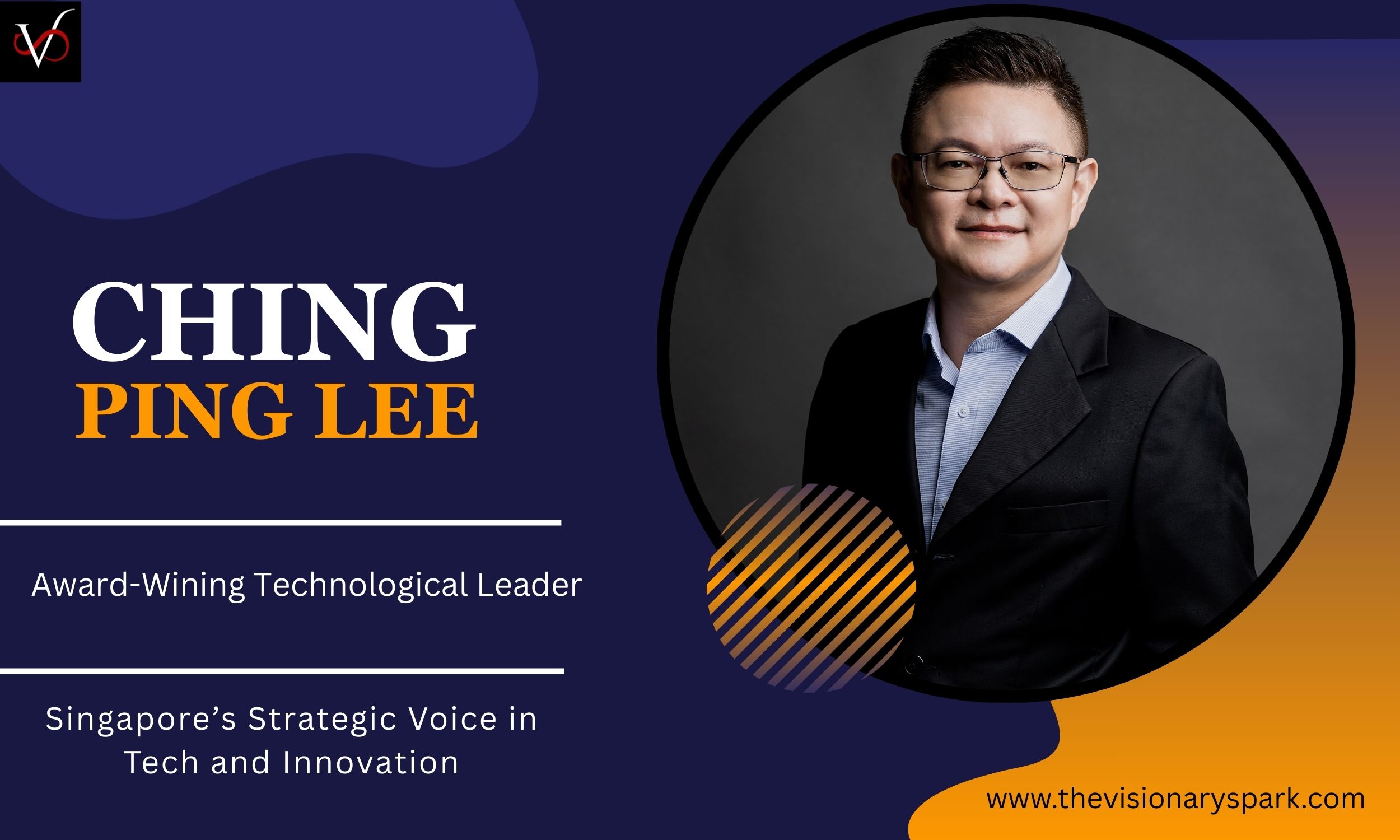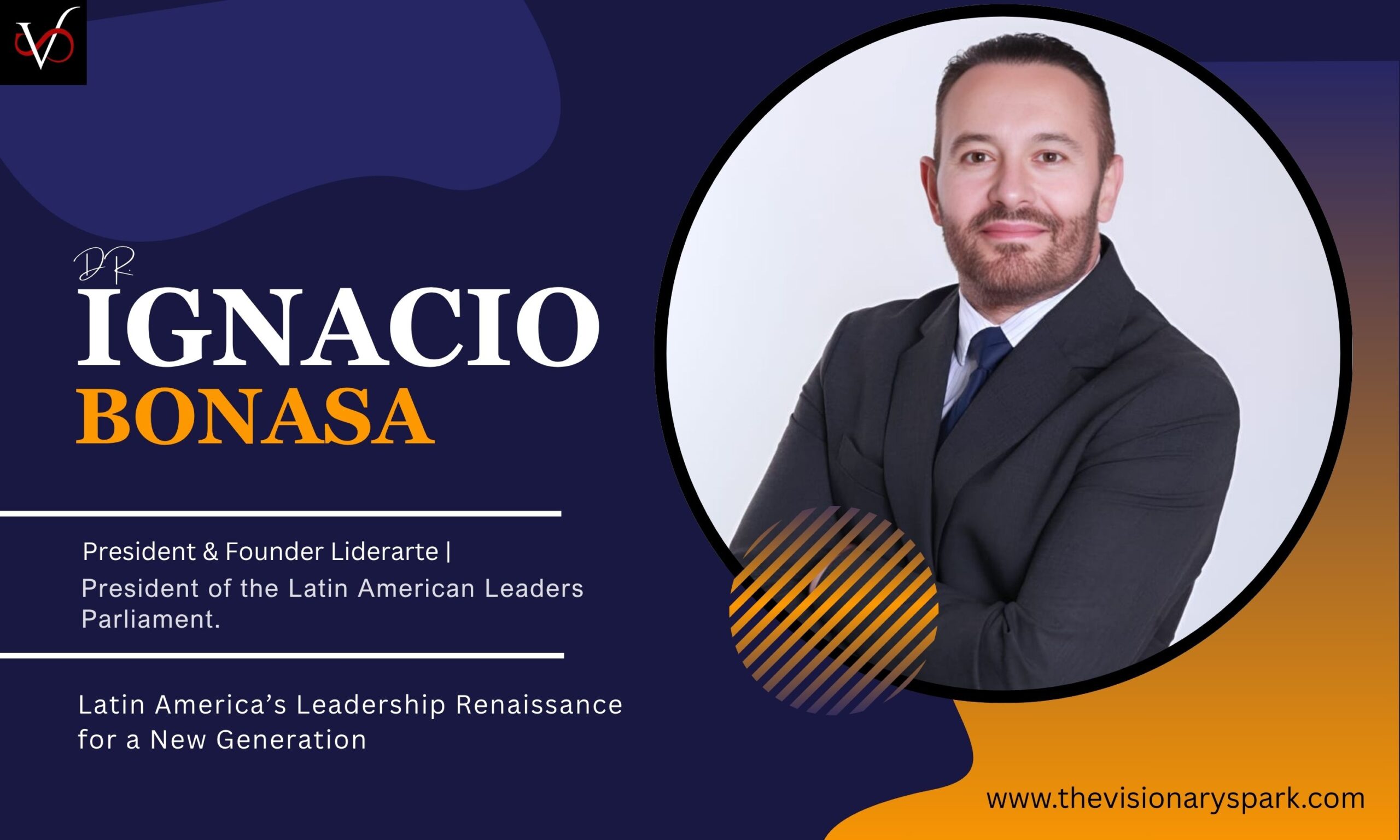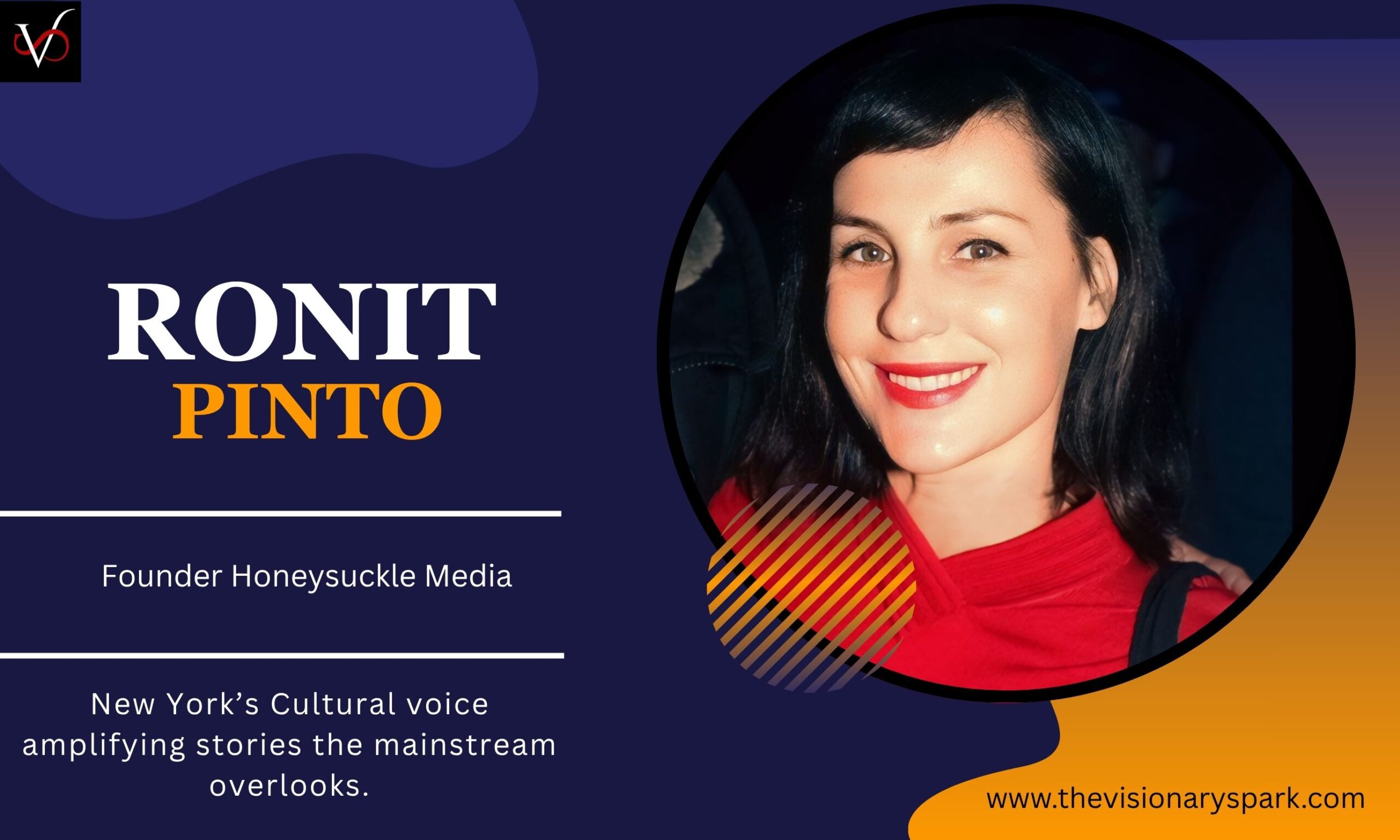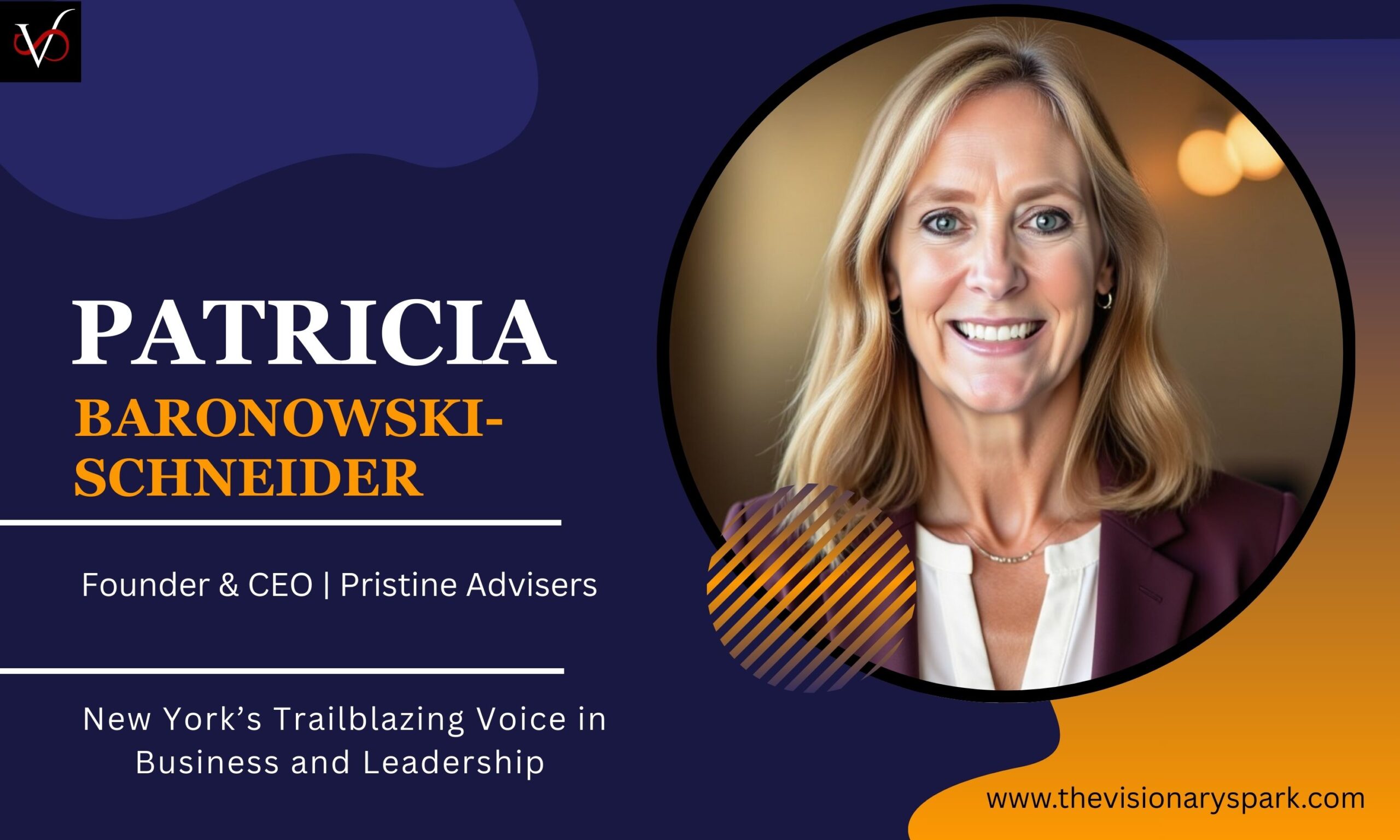Career Journey & Foundations
For Dr. Lee Ching Ping, often acknowledged as CP Lee in recent times, the earliest stages of his career were instrumental in shaping the leader he is today. His time across global giants such as Apple, Motorola, and HBO Asia taught him that true influence in leadership is not about volume or authority alone—it is something earned through clarity, consistency, and trust. Observing high-performing teams in these environments revealed to him that the most effective leaders are often those who listen deeply, challenge assumptions constructively, and cultivate conditions where others feel empowered to thrive. Just as importantly, he recognized the value of institutional memory. To him, a company’s history is not simply a record of the past but a strategic asset—when respected and leveraged, it provides the foundation for building sustainable growth and guiding organizations through change.
His journey across industries—from technology sales, training, media to hospitality—further sharpened his leadership philosophy and broadened his perspective on innovation. CP Lee describes this diversity of experience as a panoramic lens, giving him unique insight into how different systems respond under pressure and adapt when transformation is required. In media, he worked on modernizing platforms that demanded agility in a fast-moving content landscape. In training, he saw how reimagining delivery could redefine holistic experiences. And in technology, he has witnessed firsthand how digital tools can accelerate possibilities but also disrupt old ways of thinking. For him, one principle has remained constant: innovation cannot succeed in a vacuum. It must be context-aware, rooted in the realities of an organization’s people, culture, and industry. To him, the best transformations are not purely digital upgrades—they are cultural shifts that align purpose with progress and ensure that technology amplifies, rather than overshadows, human potential.
Leadership & Vision
To CP Lee, leadership has never been about commanding attention or dominating a room. Instead, he describes his philosophy as one of “quiet influence”—a style grounded in intent rather than volume. In practice, this means bringing clarity and steadiness to situations where pressure runs high and stakes are significant. Whether steering multimillion-dollar product pivots or aligning cross-functional teams spread across borders, he has found that it is not charisma or theatrics that create lasting impact, but the ability to anchor a team with purpose and calm resolve. His presence serves as a stabilizing force, ensuring that decisions are not driven by noise or urgency alone, but by a shared understanding of goals and strategy.
Equally central to his vision is the conviction that empathy and psychological safety are not optional extras but foundational to innovation. CP Lee rejects the notion that empathy is a “soft” skill; instead, he frames it as a strategic lever. In his experience, breakthrough ideas surface when people feel safe enough to challenge assumptions, admit uncertainty, and bring their full selves to the table. Psychological safety transforms workplaces into incubators of creativity, while empathy enables leaders to tap into what he calls “discretionary effort”—the extra energy people give when they feel valued and trusted. For him, building strong, innovative teams is less about pushing harder and more about cultivating an environment where trust, curiosity, and courage can flourish. It is here, he believes, that organizations unlock not only performance but also cultures that endure and scale.
Technology & Innovation
For CP Lee, technology has never been about chasing the newest trend or adopting tools for the sake of novelty. Having led initiatives ranging from AI-powered customer solutions to robotics modernization, he has developed a pragmatic philosophy: innovation must begin with purpose. “The first question I always ask is, ‘What problem are we solving?’” he explains. To him, technology without a clear objective is little more than noise. Instead, he champions a layered approach—pilot fast, learn fast, but only scale when the technology aligns with the organization’s architecture and its long-term value creation. This disciplined balance ensures that innovation is not only exciting but also sustainable.
When evaluating whether a new initiative is worth pursuing, Lee looks beyond technical feasibility to focus on strategic alignment. His criteria are sharp and grounded: Is this solving a pain point that truly matters? Can it integrate seamlessly with existing workflows? And perhaps most critically—will it still be relevant in 24 months? If the answers are uncertain, the initiative risks being a “shiny object” that diverts energy and resources without delivering real impact. By filtering technology through the lens of business strategy, CP ensures that innovation remains a driver of transformation rather than a distraction. For him, the future of technology in business lies not in adopting everything new, but in adopting what endures.
Digital Transformation & Ethics
For CP Lee, the conversation around digital transformation cannot be separated from ethics. Having shaped governance frameworks for emerging technologies, including generative AI, he believes the most urgent considerations for enterprises today can be distilled into three principles: transparency, accountability, and dignity. “We must ask: Who benefits? Who’s excluded? And what unintended consequences might we be normalizing?” he reflects. For him, governance is not just about mitigating risk—it is fundamentally about responsibility. The choices organizations make today in deploying AI and other advanced tools will define not only their competitive edge but also their credibility and trustworthiness in society.
This perspective is particularly vital in regulated industries, where balancing innovation and compliance often feels like walking a tightrope. Lee sees this tension differently. Rather than treating compliance as a limitation, he views it as an enabler of smarter innovation. “By designing guardrails that enable, not restrict, we can foster creativity within a framework of responsibility,” he explains. His experience has shown that when compliance is reframed as a design principle, it can spark solutions that are both imaginative and resilient. In his view, ethical rigor and inventive thinking are not opposites—they are partners in building the kind of digital transformation that lasts.
Transformations that Redefine Scale and Sustainability
Among the many milestones in CP Lee’s career, one project at HBO Asia stands out as a defining achievement—the modernization of its data center infrastructure. To the untrained eye, it may have seemed like a standard technical upgrade. In reality, it was a sweeping strategic overhaul that fused operational resilience with environmental responsibility. Legacy systems were replaced with high-density equipment, in-rack cooling solutions were introduced, and smart monitoring frameworks were deployed for real-time optimization and predictive maintenance.
The results were striking: a reduced physical footprint, sharper thermal efficiency, and lower energy consumption, all while elevating system uptime and scalability. But for CP, the true impact wasn’t just about performance metrics—it was about a mindset shift. “Sustainability and performance aren’t opposing forces,” he reflects. “When approached with intention, they become complementary.” That philosophy continues to guide his approach to transformation today.
Equally formative were the large-scale initiatives he led in transforming OTT platforms at HBO Asia and later at Mola. Each presented a distinct challenge. At HBO Asia, the task was modernizing legacy infrastructure without compromising brand identity across the diverse APAC market. At Mola, the focus shifted to speed and scalability—building a platform capable of delivering global-ready, high-quality, personalized content experiences.
These experiences taught CP that the essence of innovation lies in orchestration, not just technology. True transformation requires breaking down silos and cultivating trust across engineering, product, operations, and executive teams. “You can’t drive systemic change in silos,” he explains. “Alignment around a shared vision is non-negotiable.” For him, leadership in these high-pressure environments has always meant practicing “quiet influence”—a philosophy of bringing clarity, steadiness, and strategic intent to the table. In doing so, he has demonstrated that durable impact comes not from noise, but from the discipline of vision and execution.
Personal Brand & Continuous Reinvention
For CP Lee, reinvention has never been about chasing the latest trend or being swept up in the noise of the moment. Instead, it’s been a deliberate process rooted in curiosity and conviction. He describes himself as a “Technology Driver,” someone who thrives on rebuilding, experimenting, and reimagining what’s possible. Each career pivot, whether across industries or within organizations, has not been a detour but a purposeful evolution—always in service of creating deeper impact. Reinvention, in his view, is less about novelty and more about alignment: aligning personal values with new realities and ensuring that transformation is both meaningful and enduring.
In an industry defined by relentless pace, CP has cultivated a grounded approach to staying relevant. He immerses himself in diverse perspectives—reading widely, listening deeply, and intentionally surrounding himself with individuals who challenge his assumptions. For him, relevance is inseparable from reflection. It’s about knowing when to evolve to meet emerging opportunities, and equally, when to hold firm to core values that should never be compromised. This balance between adaptability and authenticity is what allows his personal brand to remain both resilient and forward-looking in a rapidly shifting technological landscape.
Future Outlook
For CP Lee, the future of technology lies not just in intelligence, but in humanity. As he reflects on the unfolding possibilities at the intersection of AI, ethics, and enterprise innovation, he sees both a challenge and an opportunity. AI, he believes, has the unparalleled ability to scale insight, but without the right ethical scaffolding, it risks amplifying bias and deepening inequities. What excites him is the prospect of building systems that do more than deliver efficiency—they honor empathy, dignity, and inclusion. In his vision, the next wave of enterprise innovation will be defined not solely by technical sophistication, but by its ability to embed responsibility at its core.
When asked what guidance he would offer emerging leaders eager to navigate this landscape, CP advice is both practical and profound: begin with listening. Too often, he observes, ambition is tied to titles rather than to problems worth solving. True leadership, in his view, lies in identifying challenges that matter and mobilizing people around them. And strategy, no matter how elegant on paper, only succeeds when it resonates with belief. “The best strategy,” he reflects, “is one that people believe in.” It’s this conviction—that human trust and shared purpose are as critical as technological breakthroughs—that shapes his outlook for the future.
Personal & Reflective
For CP Lee, metaphors are more than poetic flourishes—they are guiding philosophies. One of his most enduring is this: “Technology is the boat, strategy is the rudder, and leadership is the sail.” It’s a reminder, he explains, that tools alone don’t move us. Technology may provide the vessel, and strategy may chart the course, but it is leadership—how leaders show up, how they inspire others—that catches the wind and propels an organization forward. This perspective keeps him grounded in the belief that transformation is never just about systems or blueprints; it is about people and the collective energy that carries a vision to fruition.
Beyond boardrooms and transformation projects, CP’s leadership is deeply influenced by personal convictions, particularly his advocacy against ageism and for career runway at every stage of life. He has witnessed too many talented individuals sidelined by false assumptions about age or experience, and this has fueled his resolve to champion cultures built on trust, dignity, and inclusivity. To him, honoring every individual’s capacity to contribute—whether they are at the start, peak, or later stages of their career—is not just a moral stance but a strategic imperative. It is this blend of principle and pragmatism that continues to shape the leader he is today.
Cross-Sector Collaboration
Having led initiatives that span borders, industries, and cultures, CP Lee has learned that collaboration is never built solely on strategy or structure—it begins with trust. And trust, he emphasizes, is not forged in grand gestures but in the small, consistent moments: keeping commitments, showing respect, and celebrating shared wins along the way.
In multicultural environments, where perspectives and expectations often diverge, Lee believes humility is the most powerful leadership tool. Rather than assuming answers, he makes it a point to ask more questions, to listen deeply, and to honor the lived experiences of those around him. By creating space for diverse voices and acknowledging different contexts, he fosters a sense of belonging that allows collaboration to thrive. To CP Lee, the essence of cross-sector partnership lies in this balance: the discipline of consistency paired with the openness of humility.
Failure & Resilience
Not every transformation unfolds as envisioned, and CP Lee is candid about the lessons those moments have taught him. He recalls leading a major initiative that ultimately stalled—not because the strategy lacked merit, but because stakeholder expectations were misaligned from the start. The experience was a humbling reminder that even the most carefully crafted plans falter without collective buy-in.
For CP, the takeaway was profound: strategy alone cannot carry a vision forward unless it is co-owned by those who must execute and live it. Since then, he has made co-creation a cornerstone of his leadership approach, ensuring that every transformation is shaped with stakeholders rather than delivered to them. By shifting from top-down mandates to shared ownership, he has not only strengthened the outcomes of his initiatives but also deepened the resilience and adaptability of the teams he leads.
Mentorship & Legacy
For CP Lee, mentorship is less about instruction and more about illumination. He believes in guiding the next generation of tech leaders through storytelling and reflection, sharing not just his successes but also the challenges and setbacks that shaped him. By doing so, he offers emerging leaders a realistic view of growth—reminding them that success is rarely linear and that resilience often defines the path forward.
At the heart of his mentoring philosophy is the conviction that true leadership is measured not solely by outcomes, but by the dignity with which those outcomes are achieved. CP Lee hopes his legacy will be one of inclusivity and recognition: a culture where contribution is valued at every career stage, and where individuals feel empowered to bring their full selves to the work. In his view, leaving behind systems of trust and respect is as important as any technological innovation.
Personal Insight
When asked what path he might have chosen if not immersed in the world of technology and innovation, CP Lee reflects with quiet clarity. “Possibly a writer or an educator,” he says, acknowledging his lifelong pull toward ideas and the art of reframing narratives. For him, the appeal lies in helping others see systems more clearly, uncovering connections that might otherwise go unnoticed.
In many ways, he already fulfills that calling—only his medium has shifted. Instead of books or classrooms, his canvas is enterprise transformation, where he distills complexity into clarity and guides organizations toward new possibilities. Whether through technology or teaching, the throughline is the same: a commitment to illuminating patterns, empowering people, and shaping understanding in ways that inspire progress.
Defining Transformation Leadership
For CP Lee, the distinction between a traditional technology executive and a true transformation leader lies not in titles but in intent. “A transformation leader doesn’t just manage systems — they reshape them,” he explains. While a conventional executive may prioritize delivery, stability, and incremental improvement, a transformation leader sees the bigger picture: aligning technology, people, and purpose to architect change that is both scalable and culturally resonant. For CP, transformation has never been about disruption for its own sake; it is about designing futures that honor both innovation and experience, ensuring that progress strengthens rather than destabilizes.
Stepping into a new organization, his approach begins not with systems, but with people. “Every organization has its own rhythm,” he reflects, “and understanding that is key.” By listening carefully to teams at every level, Lee uncovers the friction points — where technology fails to align with strategy, where teams feel disconnected from outcomes, or where legacy decisions silently constrain growth. From those insights, he builds roadmaps that are not only technically sound but emotionally intelligent, designed to earn trust as much as to deliver results.
As CP Lee looks toward his next leadership chapter, he remains committed to partnering with organizations ready to modernize, scale, and build cultures of trust. His goal is to strengthen both systems and cultures, creating organizations that are more resilient, innovative, and human-centered. “Companies looking to modernize, scale, or realign their technology strategy will find in me a partner who blends enterprise rigor with human insight,” he says. With a proven track record of cross-industry transformation and board-level influence, he defines his value not just in what he builds, but in how he builds it — with intention, integrity, and a quiet boldness that inspires confidence across every level of the enterprise.









Leave a Reply